Author: Ryan Joneson
-
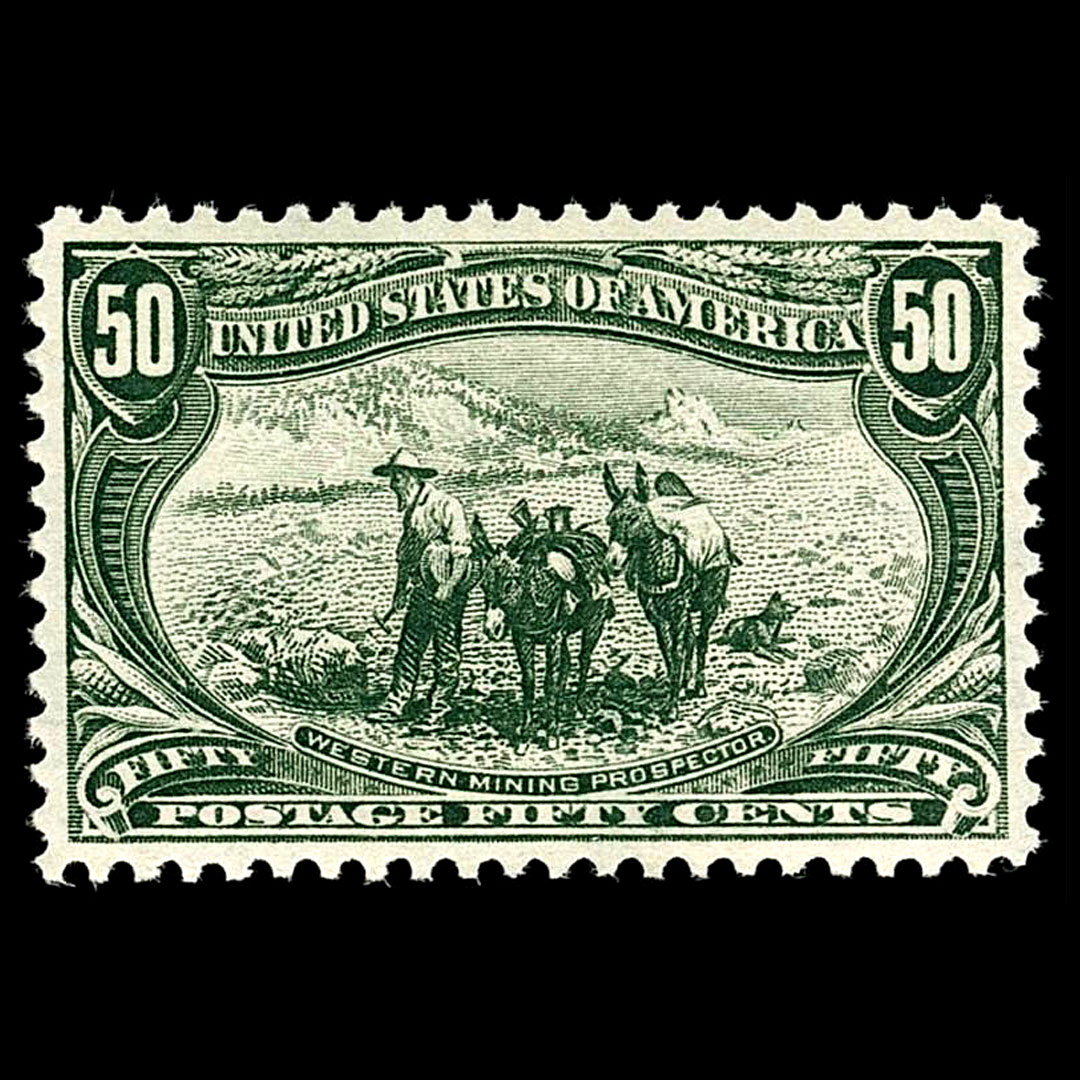
Scott #291
Continue reading: Scott #291The Scott #245 is a United States postage stamp issued in 1893 as part of the Columbian Exposition series, commemorating the 400th anniversary of Christopher Columbus’s arrival in the Americas. The stamp’s denomination of $5 was the highest of the series and reflected the increasing costs of postal services for international mail at the time,…
-
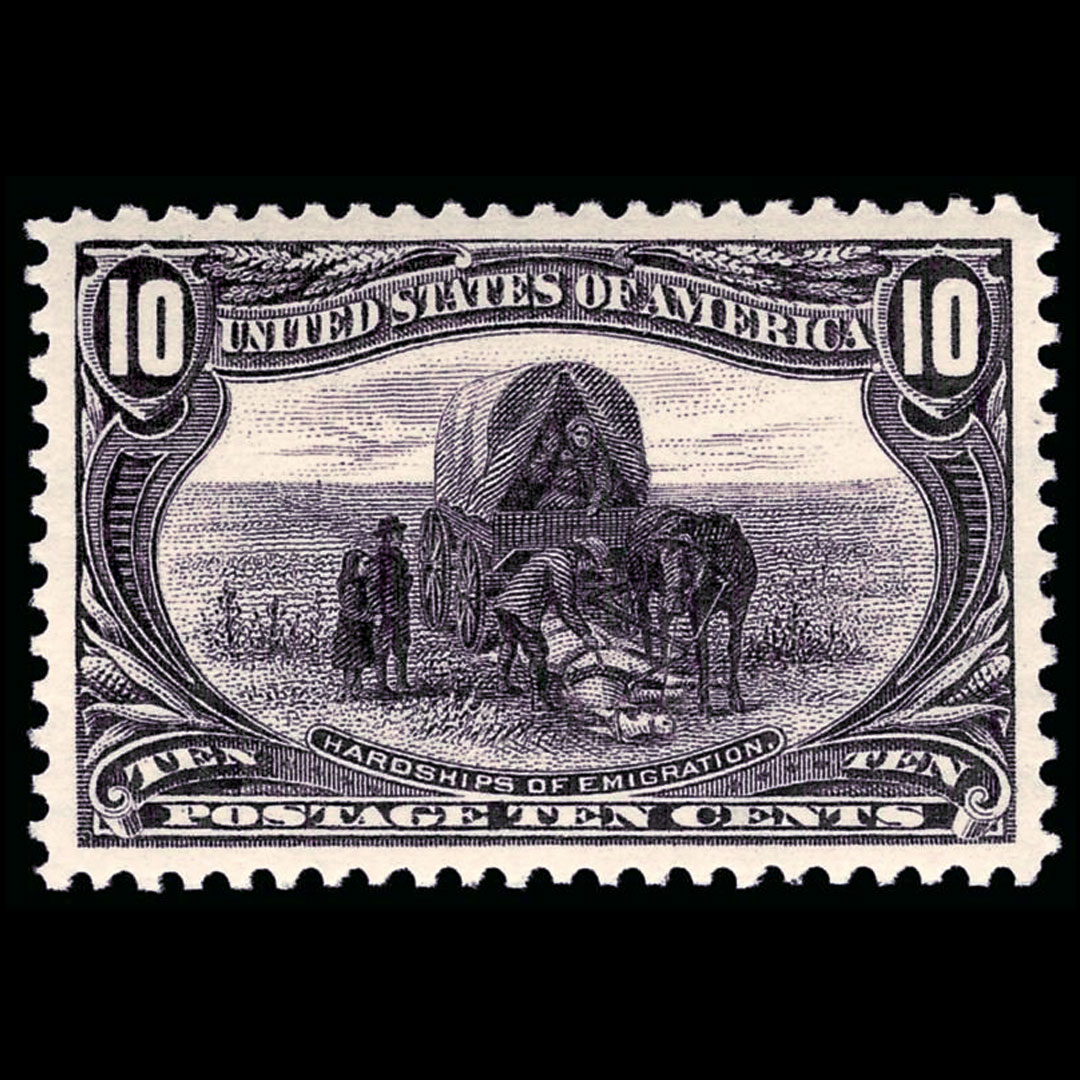
Scott #290
Continue reading: Scott #290The Scott #245 is a United States postage stamp issued in 1893 as part of the Columbian Exposition series, commemorating the 400th anniversary of Christopher Columbus’s arrival in the Americas. The stamp’s denomination of $5 was the highest of the series and reflected the increasing costs of postal services for international mail at the time,…
-
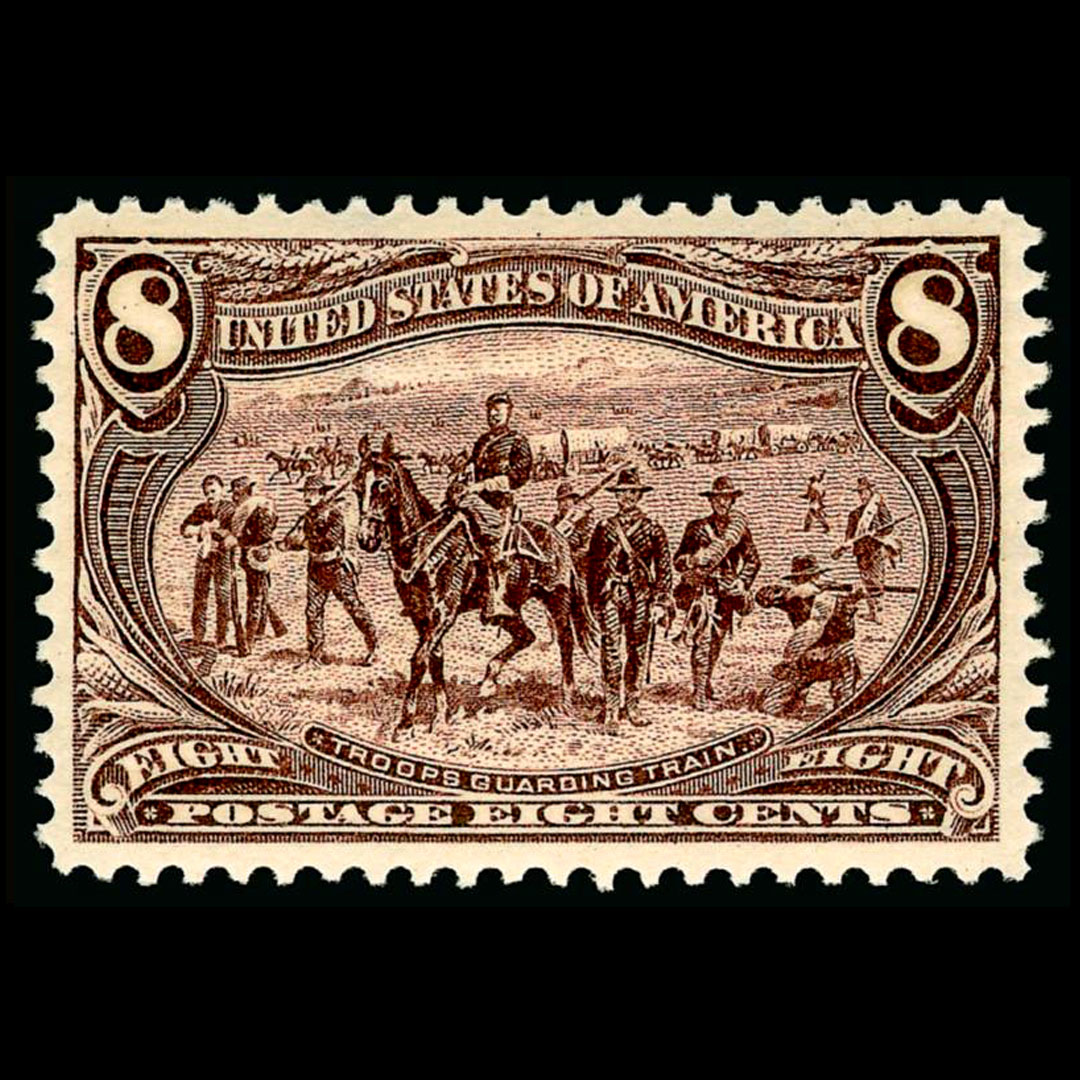
Scott #289
Continue reading: Scott #289The Scott #245 is a United States postage stamp issued in 1893 as part of the Columbian Exposition series, commemorating the 400th anniversary of Christopher Columbus’s arrival in the Americas. The stamp’s denomination of $5 was the highest of the series and reflected the increasing costs of postal services for international mail at the time,…
-
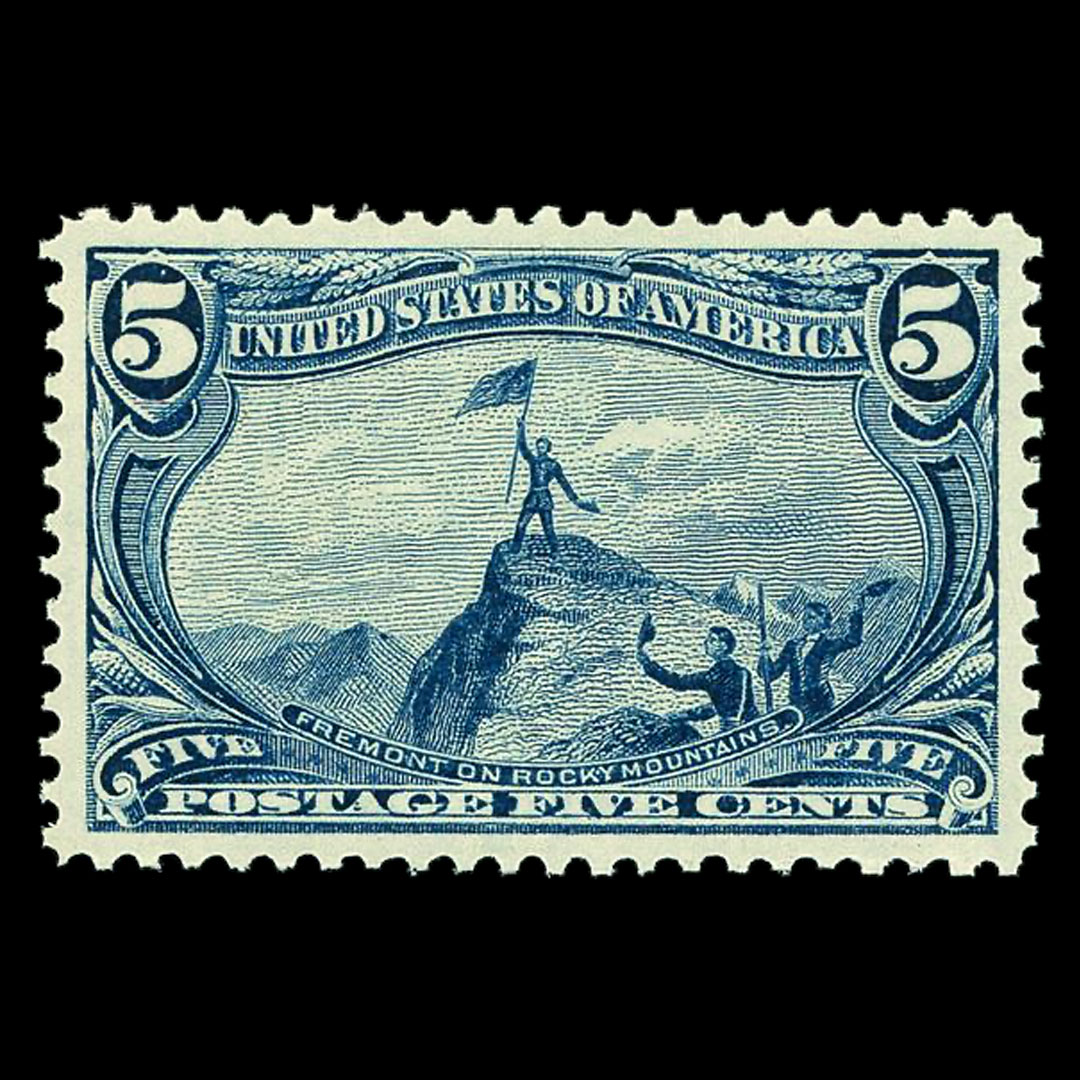
Scott #288
Continue reading: Scott #288The Scott #245 is a United States postage stamp issued in 1893 as part of the Columbian Exposition series, commemorating the 400th anniversary of Christopher Columbus’s arrival in the Americas. The stamp’s denomination of $5 was the highest of the series and reflected the increasing costs of postal services for international mail at the time,…
-
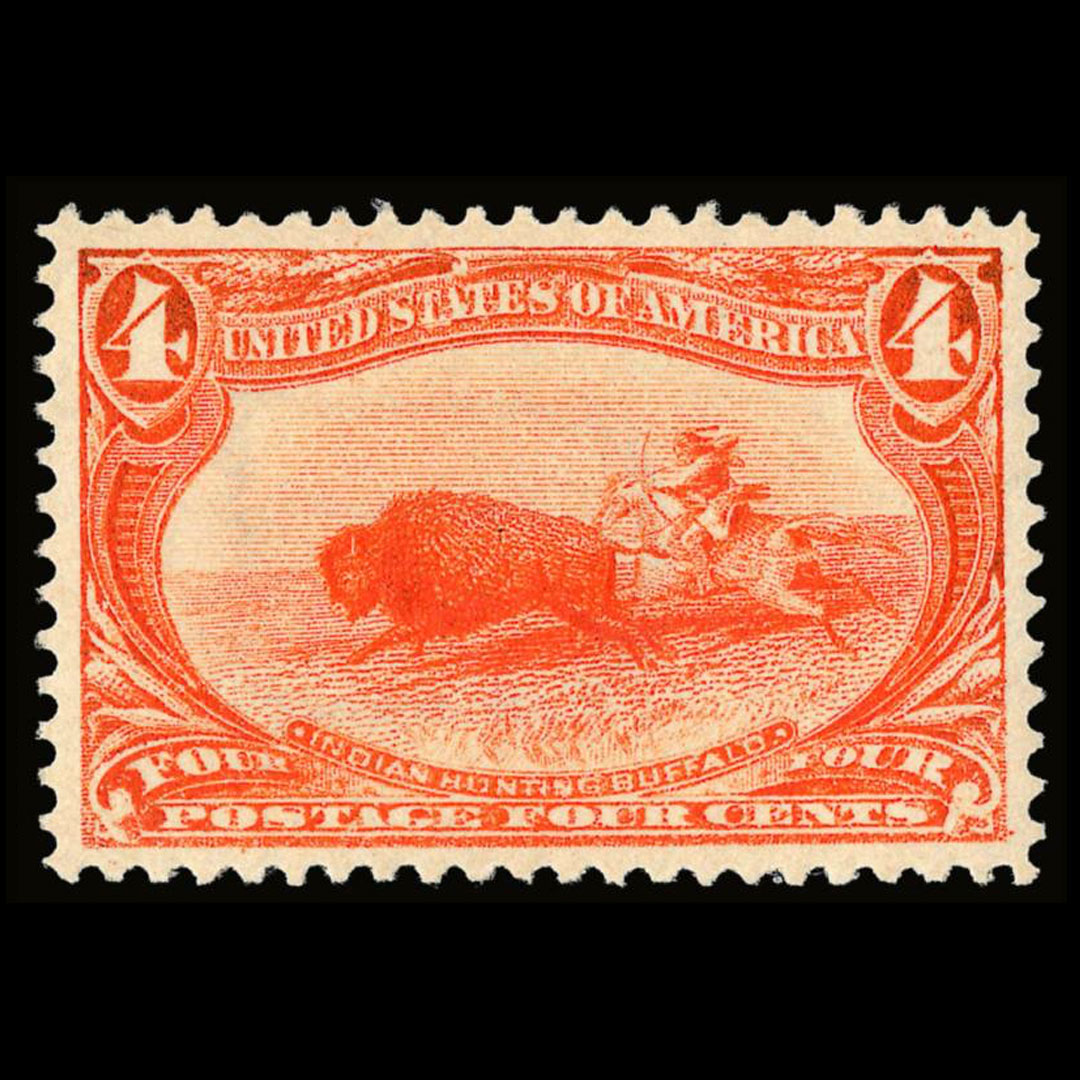
Scott #287
Continue reading: Scott #287The Scott #245 is a United States postage stamp issued in 1893 as part of the Columbian Exposition series, commemorating the 400th anniversary of Christopher Columbus’s arrival in the Americas. The stamp’s denomination of $5 was the highest of the series and reflected the increasing costs of postal services for international mail at the time,…
-
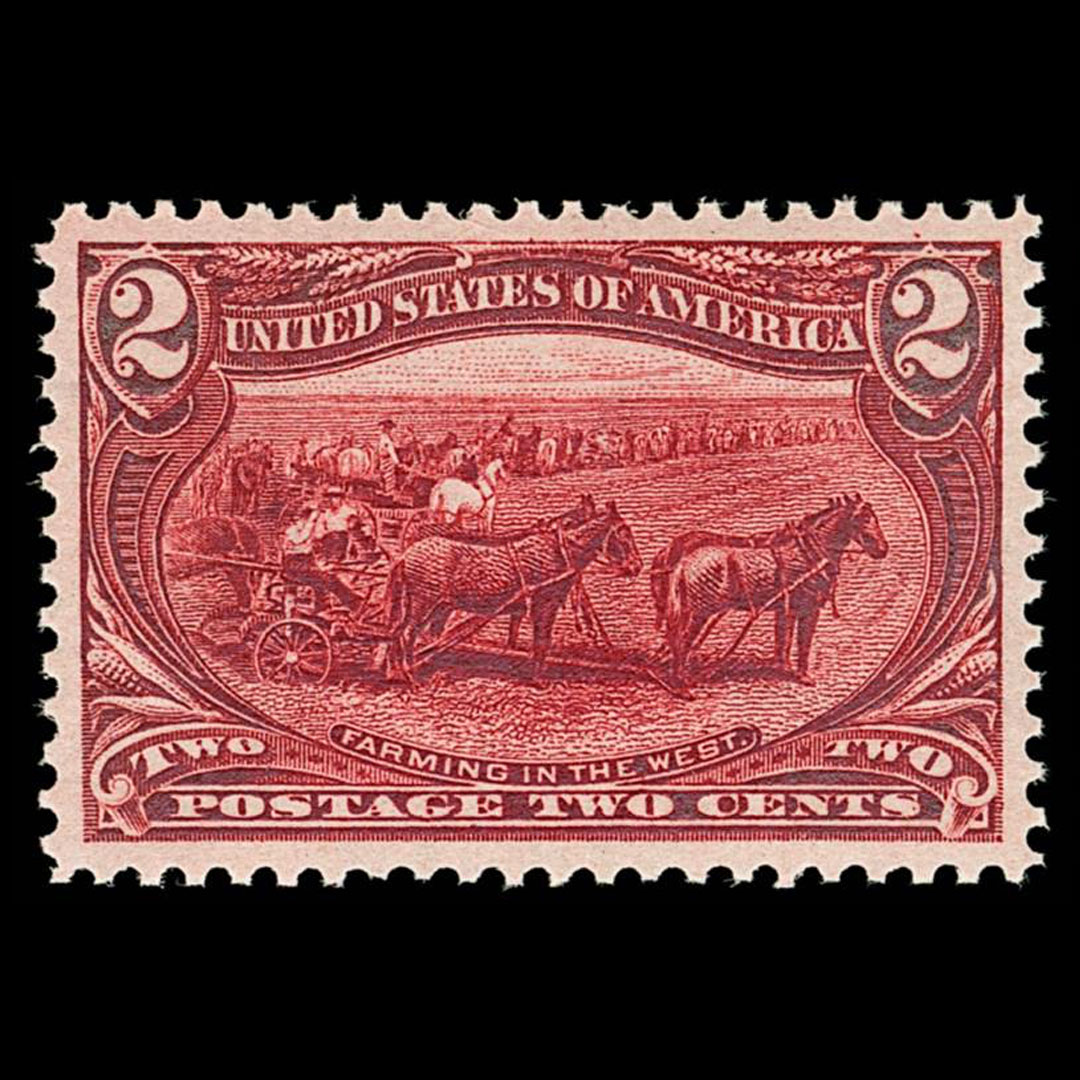
Scott #286
Continue reading: Scott #286Scott #286, issued in 1898, commemorates the Trans-Mississippi Exposition—a major event designed to highlight the industrial, agricultural, and cultural progress in the western United States. This postage stamp was one element of a series intended to facilitate the substantial volume of mail associated with the exposition, reflecting both the practical requirements of postal operations and the…
-
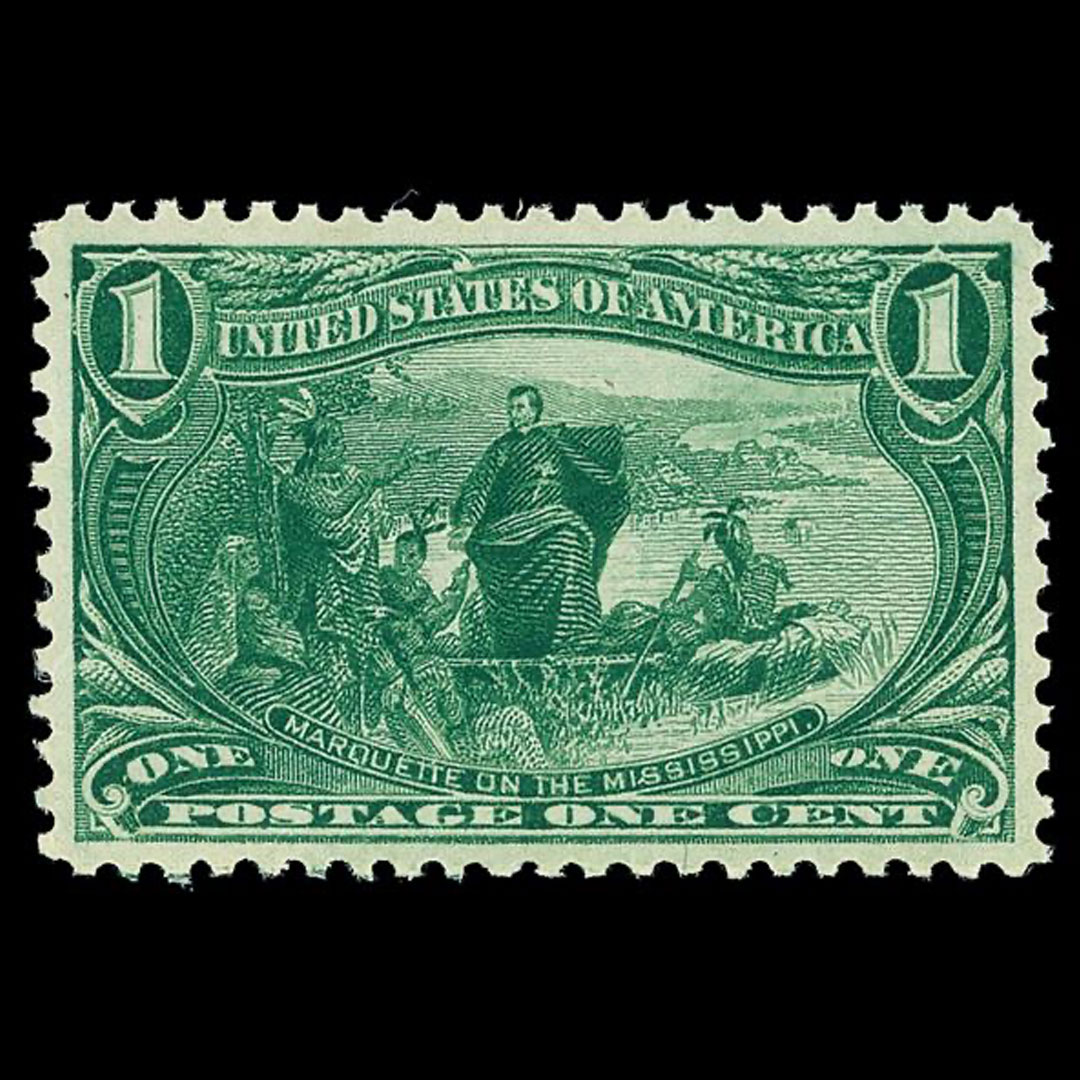
Scott #285
Continue reading: Scott #285Scott #285 is part of the 1898 Trans-Mississippi Exposition issue, a series of nine stamps issued by the United States Post Office Department to commemorate the Trans-Mississippi and International Exposition held in Omaha, Nebraska. This series was issued to highlight the economic and cultural significance of the western territories of the United States. The one-cent…
-

An Unfortunate Merger: Apfelbaum Joins Mystic Stamp Company
Continue reading: An Unfortunate Merger: Apfelbaum Joins Mystic Stamp CompanyThe announcement that Apfelbaum, Inc. is joining Mystic Stamp Company has left many collectors feeling uneasy about the future of stamp collecting.
-
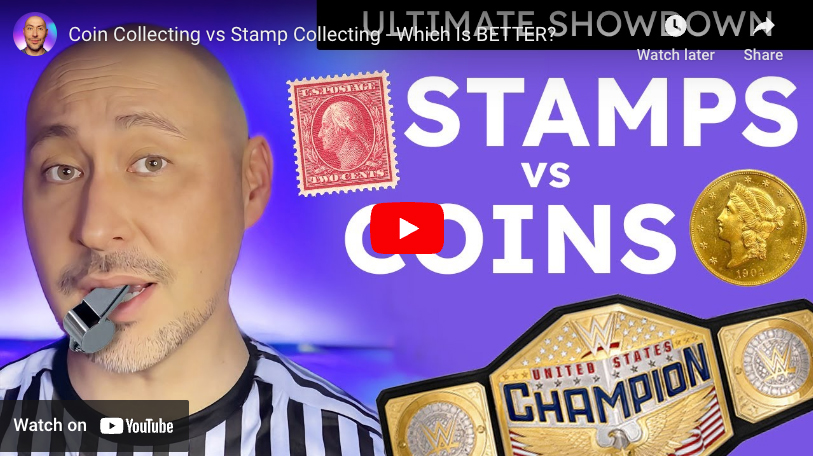
Coin Collecting vs Stamp Collecting – Which Is BETTER?
Continue reading: Coin Collecting vs Stamp Collecting – Which Is BETTER?We’ll explore the pros and cons to each hobby, and why stamps may be a clear winner over coins when it comes to building a collection.
-
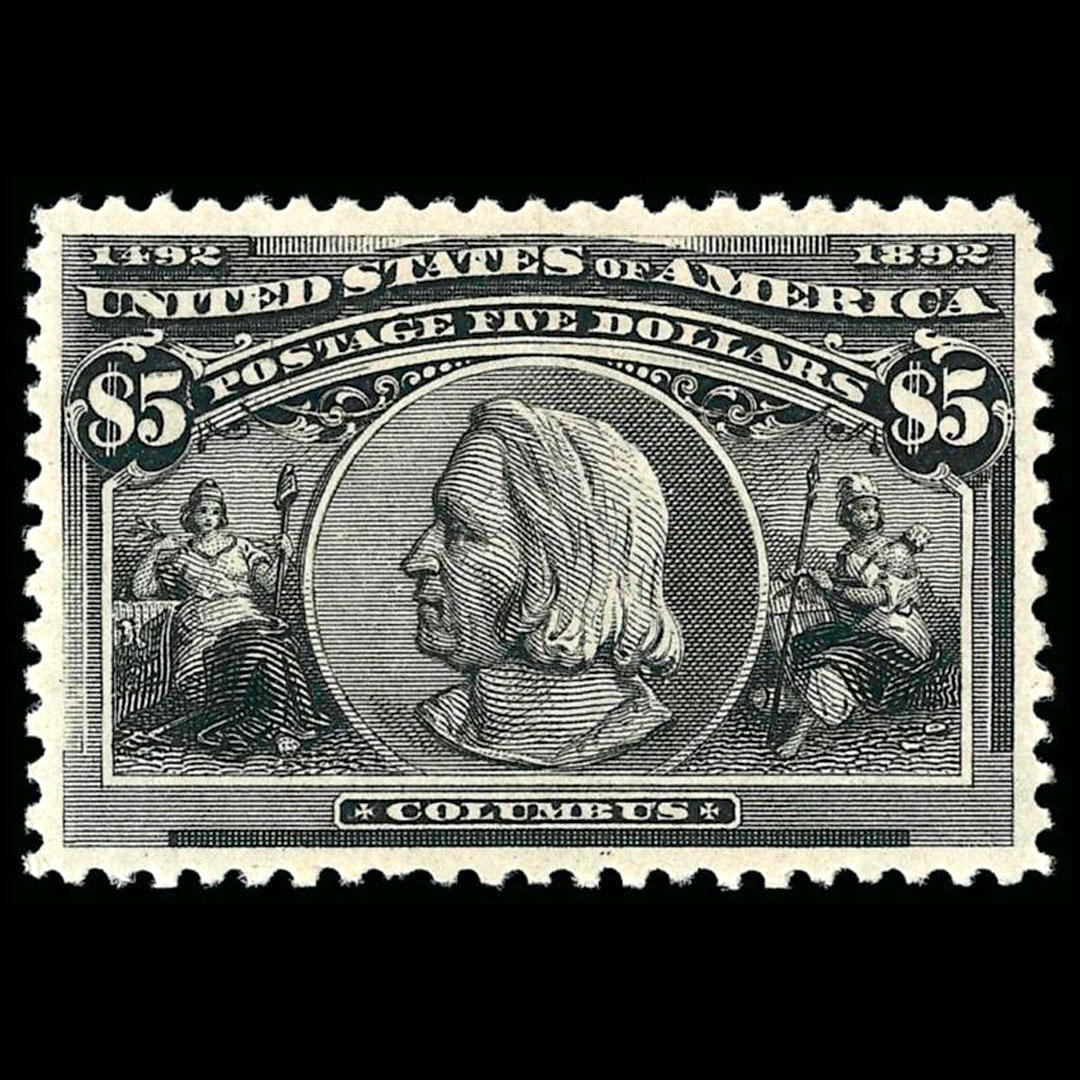
Scott #245
Continue reading: Scott #245The Scott #245 is a United States postage stamp issued in 1893 as part of the Columbian Exposition series, commemorating the 400th anniversary of Christopher Columbus’s arrival in the Americas. The stamp’s denomination of $5 was the highest of the series and reflected the increasing costs of postal services for international mail at the time,…